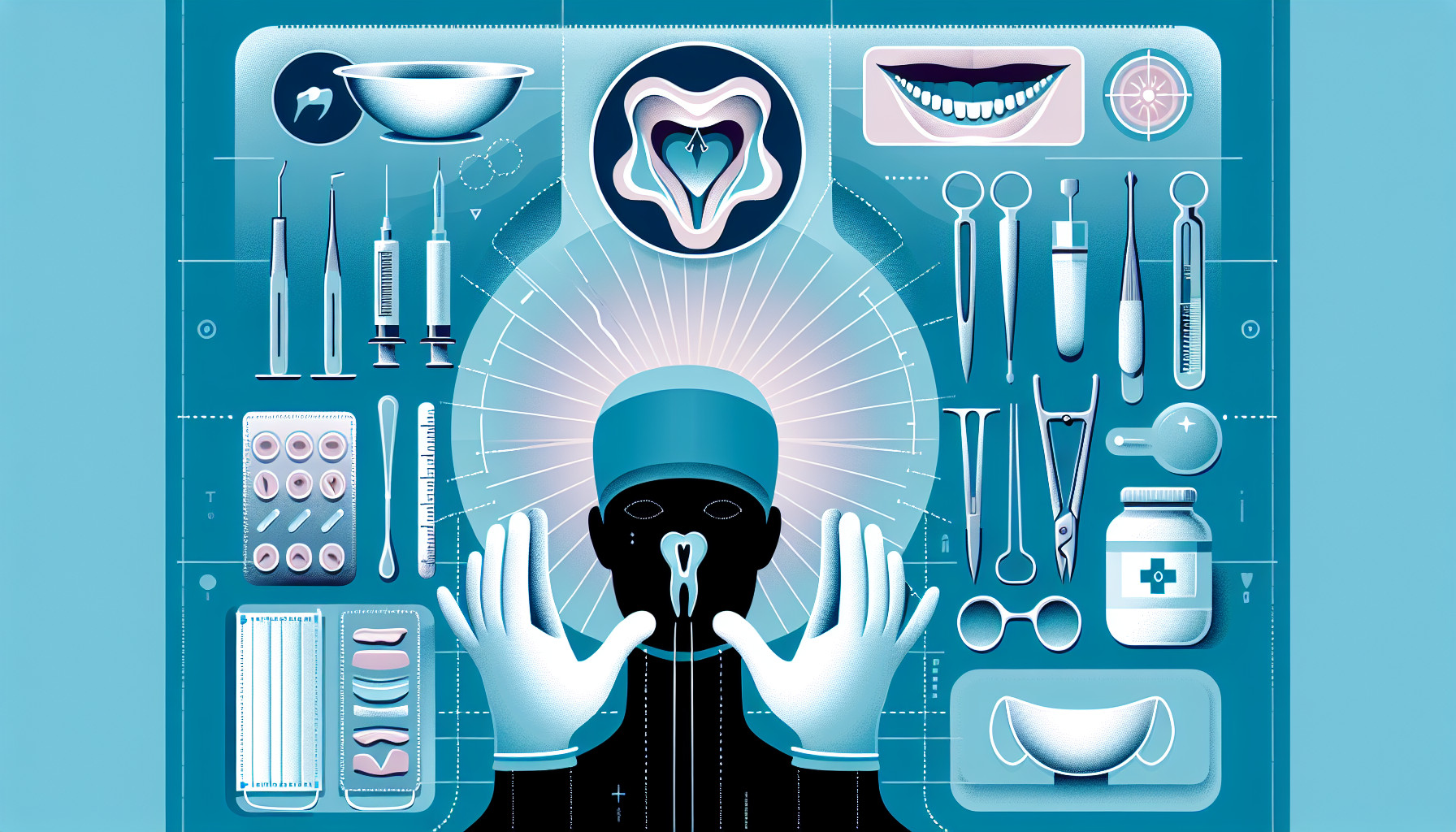Our Summary
This research paper is about a complex facial surgery called orthognathic surgery, which can significantly affect a patient’s bite and facial appearance. Success in this surgery requires good teamwork between the facial surgeon and orthodontist, as well as a deep understanding of facial structure and the bones of the face and jaws. The paper focuses on a type of surgery called maxillary LeFort I osteotomy, which is used in orthognathic surgery. It discusses when this surgery should and shouldn’t be used, how to prepare for it, the surgical method itself, and potential problems that could arise.
FAQs
- What is orthognathic surgery and how does it impact a patient’s occlusal function and facial aesthetics?
- What is the role of the maxillofacial surgeon and the orthodontist in orthognathic surgery?
- What are the indications, contraindications, and possible complications of the maxillary LeFort I osteotomy in orthognathic surgery?
Doctor’s Tip
One helpful tip a doctor might tell a patient about oral surgery is to follow all preoperative instructions provided by the surgeon, such as fasting before the surgery and avoiding certain medications. This can help reduce the risk of complications during and after the procedure. Additionally, it’s important to inform the surgeon about any medications, allergies, or medical conditions you have before the surgery. Following postoperative care instructions, such as taking prescribed medications and avoiding certain foods, can also aid in a smooth recovery.
Suitable For
Patients who may be recommended for oral surgery include those with:
- Severe misalignment of the jaws (malocclusion) that cannot be corrected with orthodontic treatment alone
- Facial asymmetry or disproportionate facial features
- Difficulty chewing or speaking due to jaw misalignment
- Temporomandibular joint (TMJ) disorders
- Obstructive sleep apnea
- Cleft lip and palate
- Traumatic facial injuries
- Tumors or cysts in the jaw or facial bones
It is important for patients to undergo a thorough evaluation by a maxillofacial surgeon and orthodontist to determine if oral surgery is the best treatment option for their specific condition. The decision to undergo oral surgery should be made in collaboration with the patient’s healthcare team to ensure the best possible outcome.
Timeline
Before oral surgery:
- Patient consults with oral surgeon to discuss treatment options and determine if surgery is necessary.
- Patient undergoes preoperative assessments, including X-rays, CT scans, and possibly a dental impression.
- Oral surgeon and orthodontist collaborate to develop a treatment plan and determine the best course of action for the patient.
- Patient receives preoperative instructions, including fasting before surgery and any necessary medications to take.
- Day of surgery, patient arrives at the surgical facility and is prepared for the procedure.
After oral surgery:
- Patient wakes up in the recovery room and is monitored for any immediate postoperative complications.
- Patient may experience pain, swelling, and discomfort in the days following surgery, and will be prescribed pain medication to manage these symptoms.
- Patient will follow a soft diet and avoid certain activities to promote healing and prevent complications.
- Patient will have follow-up appointments with the oral surgeon to monitor healing progress and address any concerns or complications that may arise.
- Patient will undergo postoperative assessments and potentially undergo orthodontic treatment to further enhance the results of the surgery.
- Patient will gradually return to normal activities and resume a regular diet as healing progresses.
What to Ask Your Doctor
- What are the specific reasons for recommending oral surgery in my case?
- What are the potential risks and complications associated with the surgery?
- What are the expected outcomes and recovery time after the surgery?
- How many similar procedures have you performed in the past, and what is your success rate?
- Will I need to follow any specific pre-operative instructions before the surgery?
- What type of anesthesia will be used during the surgery, and what are the potential side effects?
- Will I need to follow any specific post-operative care instructions after the surgery?
- Are there any alternative treatment options available for my condition?
- What is the cost of the surgery, and will my insurance cover any of the expenses?
- How long will the effects of the surgery last, and will I need any additional procedures in the future?
Reference
Authors: Weiss RO 2nd, Ong AA, Reddy LV, Bahmanyar S, Vincent AG, Ducic Y. Journal: Facial Plast Surg. 2021 Dec;37(6):703-708. doi: 10.1055/s-0041-1735308. Epub 2021 Sep 16. PMID: 34530468
